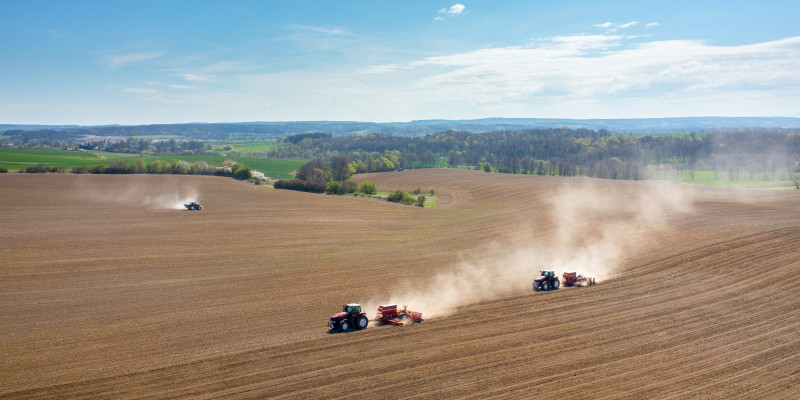The “Urban-Rural-Plus” project funded by the Federal Ministry of Education and Research (BMBF) examined how urban and rural areas can work together more effectively to combine the advantages of both and compensate for deficits, for example in the areas of nutrition, housing, trade, recycling management and local recreation. read more
Rural areas and urban centres are interdependent










